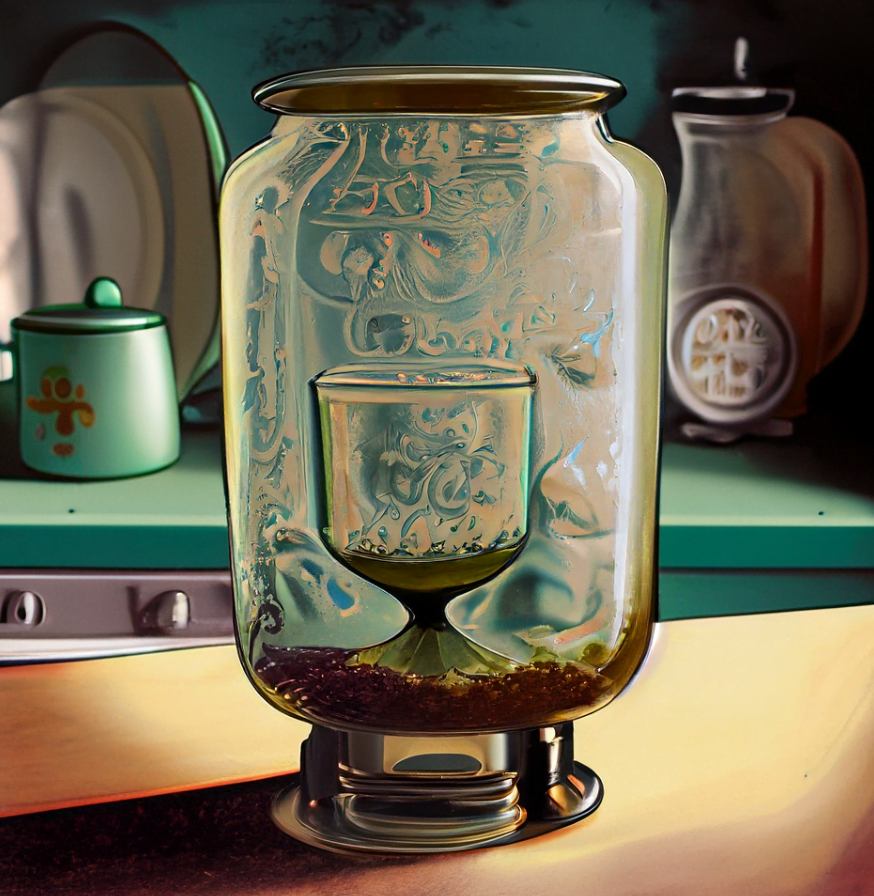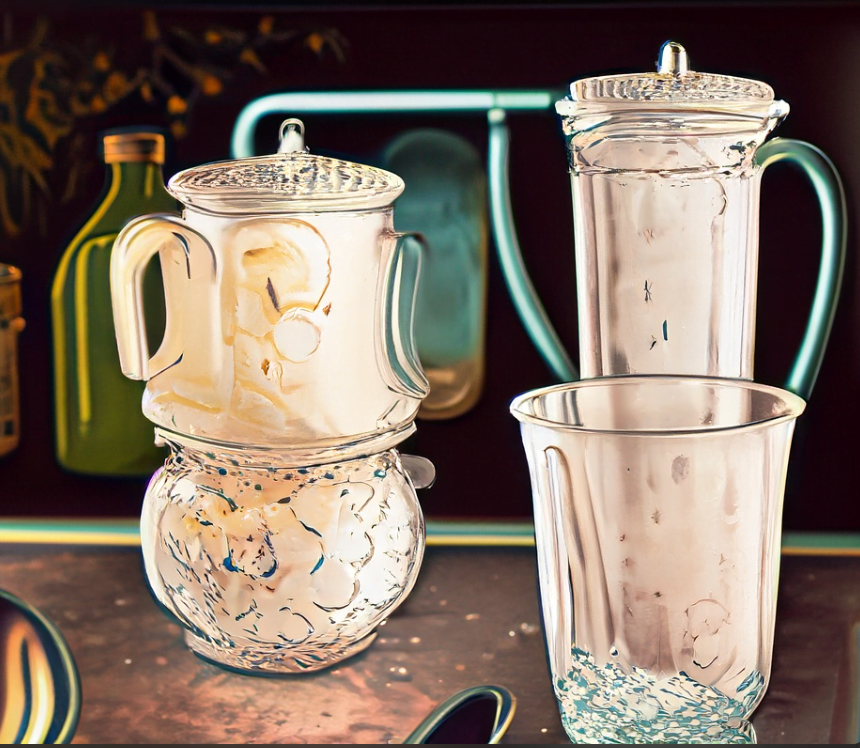Depression glass Value, with its vibrant colours and intricate designs, has captured the hearts of collectors around the world. These beautiful glassware pieces were produced during the Great Depression era, providing an affordable touch of elegance to households. In this article, we will delve into the world of depression glass value, exploring its history, factors that influence its worth, and tips for collectors seeking to evaluate their treasures.
Table of Contents
- Introduction
- What is Depression Glass?
- The History of Depression Glass
- Factors Influencing Depression Glass Value
- Rarity and Scarcity
- Pattern and Design
- Condition
- Color
- Manufacturer
- Evaluating Depression Glass Value
- Research and Identification
- Consulting Price Guides and Experts
- Examining Physical Characteristics
- Assessing Market Demand
- Caring for Depression Glass
- Cleaning and Maintenance
- Display and Storage
- Tips for Buying Depression Glass
- Educate Yourself
- Attend Glass Shows and Antique Fairs
- Seek Reputable Sellers
- Examine Carefully Before Purchasing
- Conclusion
- FAQs
1. Introduction
Depression glass (Value) refers to a type of machine-produced glassware that was manufactured in the United States during the 1920s and 1930s. Its popularity grew during the Great Depression, as manufacturers aimed to provide affordable yet elegant tableware to consumers struggling with financial difficulties. Today, depression glass holds historical significance and is highly sought after by collectors.
2. What is Depression Glass?
Depression glass is characterised by its vibrant colours, delicate patterns, and translucent appearance. It encompasses a wide range of glassware items, including plates, bowls, cups, saucers, pitchers, and vases. The glassware was typically given away as promotional items or included as premiums in packaged products such as cereal or laundry detergent.
3. The History of Depression Glass
During the Great Depression, glass manufacturers sought to boost sales by offering affordable and decorative glassware to consumers. They produced a vast array of patterns and designs to cater to different tastes and preferences. While the quality of depression glass may vary, its affordability and availability made it a popular choice among households during challenging economic times.
4. Factors Influencing Depression Glass Value

Several factors contribute to the value of depression glass. Collectors should consider the following aspects when evaluating the worth of their pieces:
4.1 Rarity and Scarcity
The scarcity of certain depression glass patterns significantly affects their value. Some patterns were produced in limited quantities, making them more desirable and sought after by collectors.
4.2 Pattern and Design
The intricacy and popularity of a pattern or design can greatly impact its value. Patterns with unique motifs or those associated with prominent manufacturers tend to command higher prices in the market.
4.3 Condition
The condition of the depression glass is crucial in determining its value. Pieces without chips, cracks, or excessive wear are generally more valuable. Mint condition items are particularly sought after by collectors.
4.4 Color
The colour of depression glass plays a significant role in determining its value. Certain colours, such as cobalt blue, ruby red, and emerald green, are highly sought after and command higher prices. Unusual or rare colours can significantly increase the value of a piece.
4.5 Manufacturer
The manufacturer of depression glass also influences its value. Glassware produced by well-known companies such as Anchor Hocking, Federal Glass, and Hazel-Atlas tends to be more valuable and collectible.
5. Evaluating Depression Glass Value

To determine the value of depression glass in your collection, consider the following evaluation methods:
5.1 Research and Identification
Conduct thorough research to identify the pattern, manufacturer, and historical significance of your depression glass pieces. Online resources, books, and collector communities can provide valuable information.
5.2 Consulting Price Guides and Experts
Refer to reputable price guides and consult with experienced collectors or appraisers to obtain an estimation of the value of your glassware. Their expertise can help you assess the rarity and desirability of your pieces accurately.
5.3 Examining Physical Characteristics
Carefully inspect each piece for any flaws, damage, or signs of repair. The condition of the glassware significantly impacts its value, so be meticulous in your examination.
5.4 Assessing Market Demand
Research the current market trends and demand for specific patterns or colours of depression glass. Prices can fluctuate depending on the popularity and desirability of certain pieces at a given time.
6. Caring for Depression Glass

Proper care and maintenance can preserve the beauty and value of your depression glass collection. Follow these tips:
6.1 Cleaning and Maintenance
- Clean depression glass by hand using mild soap and warm water. Avoid harsh chemicals or abrasive cleaners that can damage the glassware.
- Dry the pieces gently using a soft, lint-free cloth to prevent water spots or scratches.
- Handle the glassware with care to avoid accidental drops or collisions.
6.2 Display and Storage
- Display your depression glass collection away from direct sunlight, as prolonged exposure to sunlight can fade the colors.
- Use glass display cabinets or shelves with proper padding to protect the pieces from dust, moisture, and potential damage.
- Store the glassware in individual soft cloth bags or dividers to prevent them from rubbing against each other and causing scratches.
7. Tips for Buying Depression Glass
If you are a collector looking to expand your depression glass collection, consider the following tips:
7.1 Educate Yourself
- Learn about different patterns, colours, and manufacturers to make informed purchasing decisions.
- Familiarise yourself with pricing trends and recent sales to identify fair market prices.
7.2 Attend Glass Shows and Antique Fairs
- Visit glass shows, antique fairs, and flea markets where dealers specialise in depression glass. These events provide opportunities to find unique pieces and engage with knowledgeable sellers.
7.3 Seek Reputable Sellers
- Purchase from reputable dealers or online platforms with a track record of selling authentic depression glass.
- Ask for detailed information and photographs of the glassware before making a purchase.
7.4 Examine Carefully Before Purchasing
- Inspect the condition of the glassware thoroughly before buying, checking for any damage, repairs, or flaws that may affect its value.
- If possible, hold the piece in your hands to feel its weight and examine its craftsmanship.
8. Conclusion
Depression glass holds a special place in the world of collectibles, with its unique history and captivating beauty. Understanding the factors that influence depression glass value, such as rarity, pattern, condition, colour, and manufacturer, is essential for collectors. By conducting proper research, consulting experts, and assessing market demand, collectors can accurately evaluate the worth of their glassware. With proper care and maintenance, depression glass can be cherished for generations to come.
9. FAQs
1. How can I identify the pattern and manufacturer of my depression glass?
- Research online resources, books, and collector communities dedicated to depression glass.
- Look for identifying marks or logos on the glassware itself.
2. Are all colours of depression glass valuable?
- Certain colours, such as cobalt blue, ruby red, and emerald green, are generally more valuable. However, rarity and desirability play significant roles in determining the value of specific colours.
3. Should I clean my depression glass in a dishwasher?
- It is generally recommended to clean depression glass by hand using mild soap and warm water. Dishwashers can subject the glassware to harsh conditions, potentially leading to damage.
4. Can I use depression glass for everyday purposes, such as serving food?
- While depression glass was designed for practical use, some collectors prefer to display it rather than subject it to everyday wear and tear. It ultimately depends on personal preference.
5. How can I insure my depression glass collection?
- Contact your insurance provider to inquire about specialised coverage for valuable collectibles. Provide detailed information and appraisals to ensure adequate coverage.
